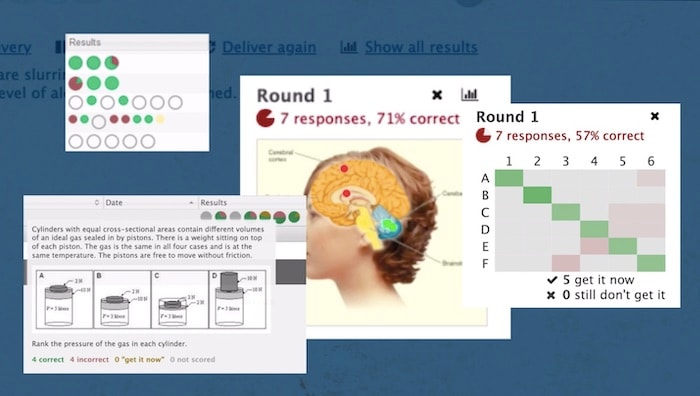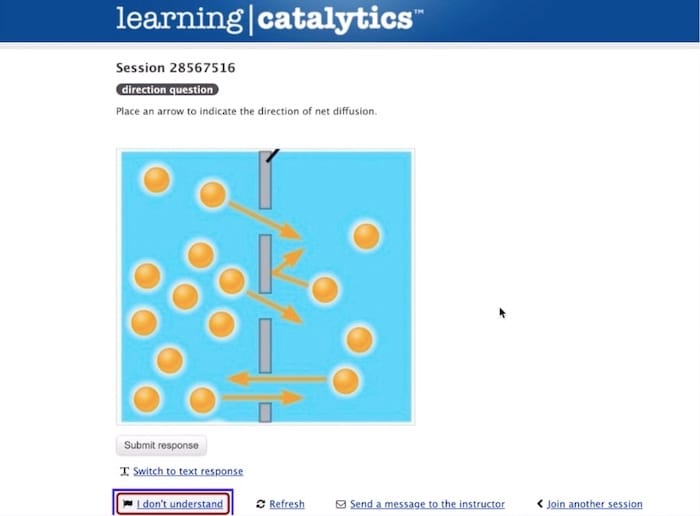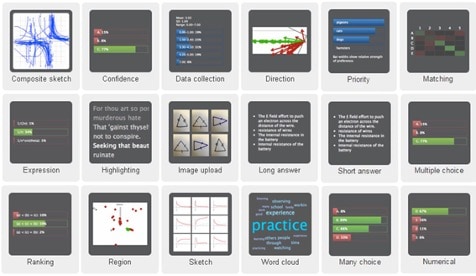4 Ideas for Creating Impactful Active Learning Experiences Online

For educators, one of the most common challenges with remote teaching is creating impactful active learning experiences online. When students are actively learning, they are making connections to their own lives, questioning, and collaborating, which leads to more significant, durable learning outcomes.
With the right strategies and tools, you can create a dynamic and engaging classroom that uses active learning to boost understanding.
Here, we walk you through four active learning strategies and offer ideas on to employ them with an engagement tool created by three Harvard professors:
1. Check for understanding during your class time
When a concept is too challenging, students get frustrated and lose interest. So it’s important to stay alert to where your students are struggling during class.
In the classroom, this is easy to do. You can pick up on cues and adapt your activities to keep students engaged. But it’s easy to lose this immediate feedback loop when teaching online.
So how can you keep students engaged and check for understanding in a virtual classroom?
With Learning Catalytics, you can ask questions during your class time and receive their immediate responses. This will allow you to identify common misconceptions in real-time and adapt your class time accordingly.

Visual data in Learning Catalytics shows you where students are struggling
Students can also click an “I don’t understand” button at any time so you can immediately know when they are confused without needing to constantly interrupt class to ask if students have any questions.

The “I don’t understand” button in Learning Catalytics gives students an easy way to communicate with you about their need for more clarification
“I’d ask an instructor watching this, when do you know you’ve lost your students? Typically the answer for that is on the first or second exam when they tend to bomb it. For me, I would know that at maybe 9:30 in the morning in the middle of a lecture because I see a little red line blip showing that the students didn't understand what I just said and I’ll change my lecture at that point to clarify,” says Terry Austin, Department Chair at Temple College.
2. Ask a variety of open-ended questions
Daniel Pink, the author of the book Drive, says that one of the conditions needed to trigger engagement is purpose: The student must be able to link what they are doing to the wider world.
Asking open-ended questions helps your students find relevance in the class material by giving them the opportunity to actively apply concepts in different ways.
In Learning Catalytics, you have over 15 open-ended question types you can choose from.

In Learning Catalytics, you have the flexibility to choose from 18 question types in assessing student understanding and engaging them with different applications of concepts.
Incorporating a variety of questions types enables you to accommodate different learning styles and ultimately, engage more students.
We explore two more strategies and how to implement them in the short video below. Watch it here:
 Play
Play

Learning Catalytics is an interactive student response tool that uses learners’ smartphones, tablets, or laptops to engage them in interactive tasks and thinking during classroom activities.
Learn more on how you can start using Learning Catalytics in your in-person, online, or blended classes this fall.